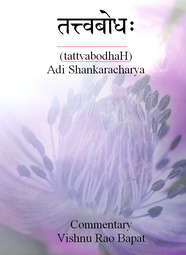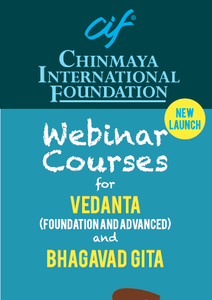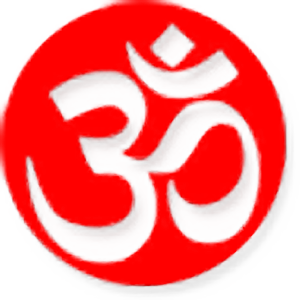
Part 15 of the commentary by Dr. VIshnu Bapat on Shankara’s Tattvabodha.This is a key work which introduces all of the key concepts of Advaita in a systematic manner.
The commentary is based upon those by several other authors, together with the audio lectures of Swami Paramarthananda. It includes word-by-word breakdown of the Sanskrit shloka-s so should be of interest to everyone, from complete beginners to advanced students.
Part 15 continues to look at the metaphor of the five sheaths, from the Taittiriya Upanishad. This part explains the bliss sheath and then goes beyond the sheaths to examine the nature of the Self – Atman.
There is a hyperlinked Contents List, which is updated as each new part is published.



